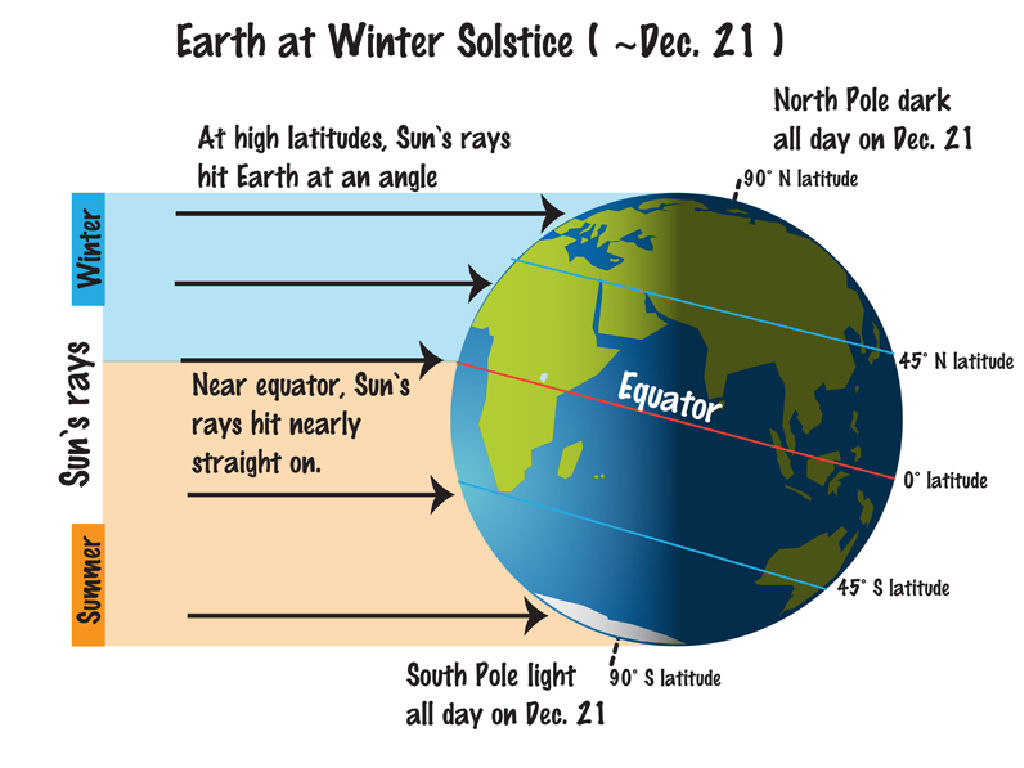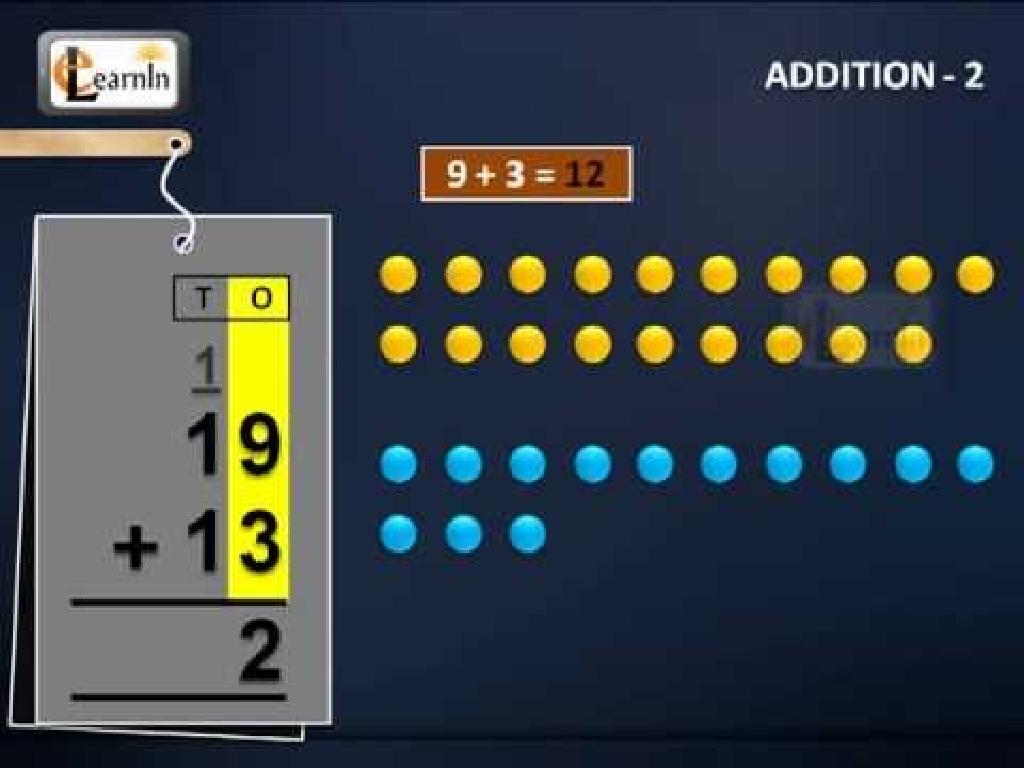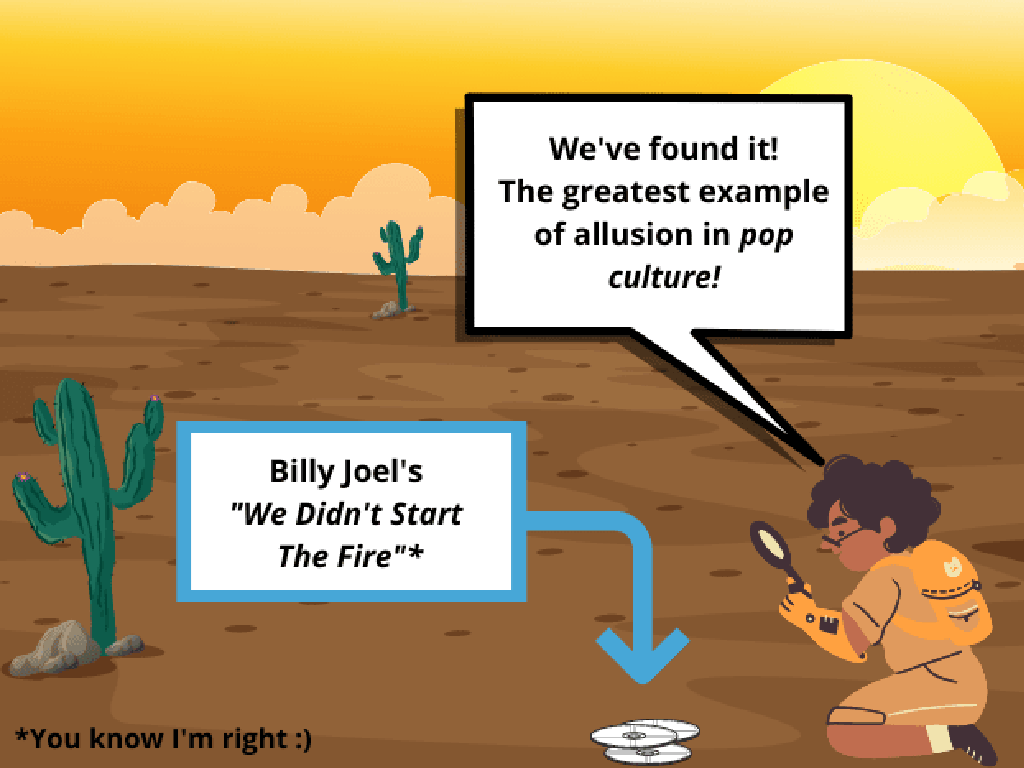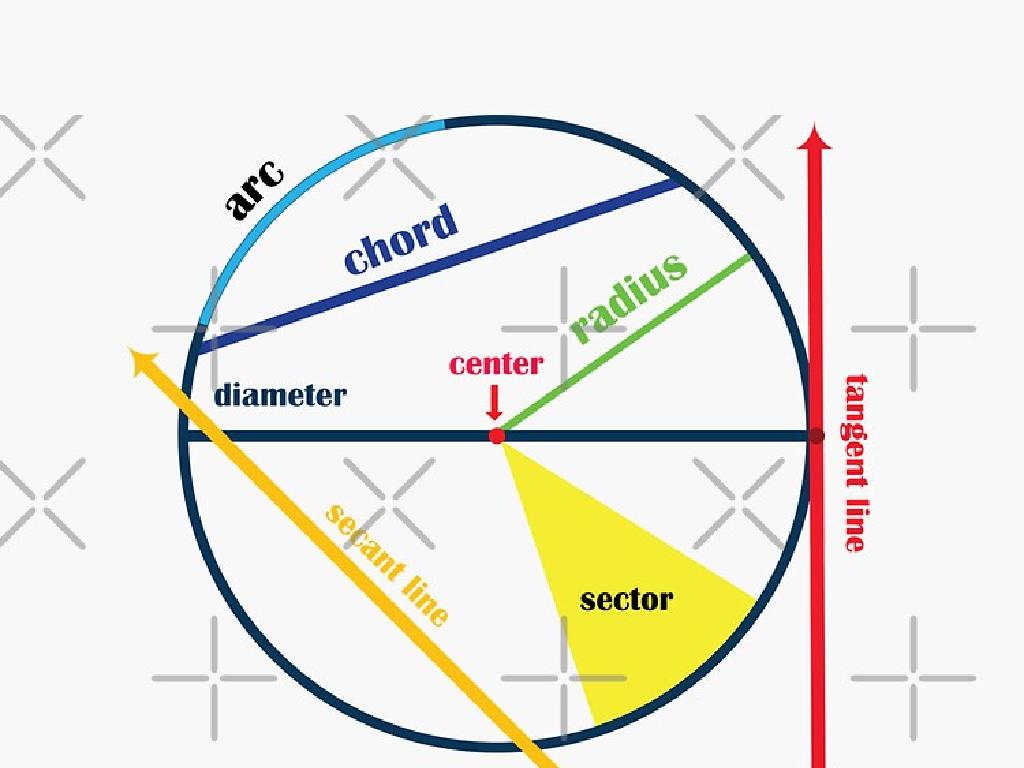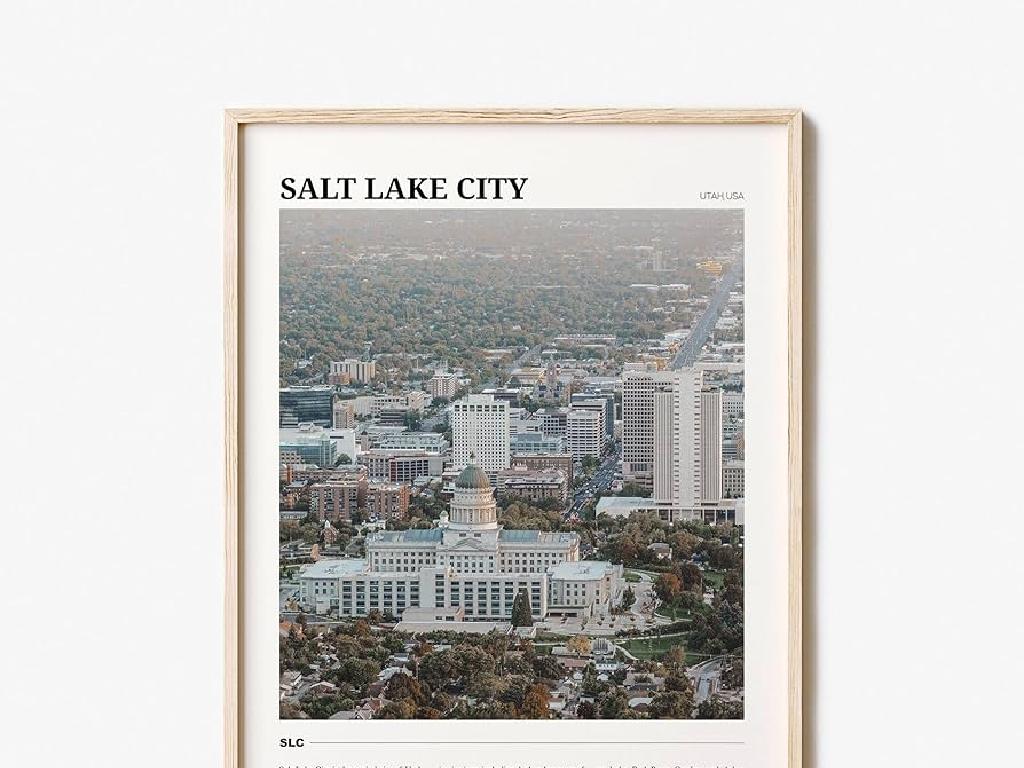World War Ii: Global Events
Subject: Social studies
Grade: Fifth grade
Topic: 20Th Century American History
Please LOG IN to download the presentation. Access is available to registered users only.
View More Content
Introduction to World War II
– What was World War II?
– A major global conflict from 1939 to 1945 involving many countries.
– Meaning of a world war
– A war affecting the majority of the world’s nations and major powers.
– WWII’s global impact
– WWII changed borders, economies, and influenced international relations.
– Countries involved in WWII
– Allies and Axis powers fought across Europe, Asia, Africa, and the Pacific.
|
Begin the lesson by explaining that World War II was a significant event in the 20th century that involved many countries around the world and lasted from 1939 to 1945. Clarify the term ‘world war’ as a conflict that brings together many of the world’s nations and affects global politics and society. Discuss the scale of the war and how it impacted countries’ borders, economies, and the way they interacted with each other after the war. Highlight the main countries and alliances involved, such as the Allies and the Axis powers, and mention the different continents where battles took place. This will set the stage for a deeper dive into the specific events and outcomes of the war in subsequent lessons.
Causes of World War II
– Treaty of Versailles impact
– Harsh terms on Germany, causing unrest
– Dictators’ rise to power
– Leaders like Hitler took control, pushing aggressive policies
– Economic factors in conflict
– Worldwide depression made countries desperate
– How these led to WWII
|
This slide aims to introduce students to the complex causes of World War II. Begin by explaining the Treaty of Versailles, the peace agreement that ended World War I, which placed heavy burdens on Germany and sowed seeds of discontent. Discuss how this discontent allowed dictators such as Adolf Hitler to rise to power, promising to restore their nations’ former glory. Highlight the economic struggles faced by many countries during the Great Depression, which led to political instability and contributed to the outbreak of war. Use simple terms and analogies suitable for fifth graders to help them understand these abstract concepts. Encourage students to ask questions and think about how these factors could have combined to start such a significant global event.
Major Countries in World War II
– Allies vs. Axis Powers
– The main groups fighting were the Allies and the Axis
– Leaders of the key countries
– Learn about leaders like Churchill, Roosevelt, Hitler, and Stalin
– Roles of the United States and Britain
– The U.S. helped with supplies and later joined the fighting; Britain stood against Axis advances
– Roles of France, Germany, Japan, and the Soviet Union
– France was occupied by Germany; Germany tried to conquer Europe; Japan expanded in Asia; the Soviet Union fought against Germany
|
This slide introduces the major countries and their alliances in World War II, setting the stage for understanding the global impact of the conflict. The Allies, including the United States, Britain, and the Soviet Union, opposed the Axis Powers, led by Germany, Japan, and Italy. Highlight the roles of key leaders such as Winston Churchill, Franklin D. Roosevelt, Adolf Hitler, and Joseph Stalin. Discuss how the United States initially provided support through supplies before officially joining the war after Pearl Harbor, and how Britain faced the Blitz. Explain France’s early occupation by Germany, Germany’s aggressive expansion throughout Europe, Japan’s quest for control in Asia, and the Soviet Union’s critical role on the Eastern Front. This overview provides a foundation for students to grasp the complex interactions between nations during the war.
Key Events of World War II
– Major battles and turning points
– Battles like Stalingrad changed the war’s course
– Pearl Harbor: U.S. joins the war
– Dec 7, 1941: A surprise attack by Japan on the U.S.
– D-Day: The push to victory
– June 6, 1944: Allied forces landed in Normandy, France
– Victory in Europe and Japan
– Germany surrendered in May 1945, Japan in September
|
This slide aims to provide an overview of the pivotal moments in World War II that significantly impacted the outcome of the war. Discuss the importance of understanding these key events to comprehend the global scale and the consequences of the war. Explain how the attack on Pearl Harbor was a catalyst for the U.S. entering the war, galvanizing American support for the Allied cause. D-Day represents the large-scale planning and cooperation among Allied forces to reclaim territory in Europe and push towards victory. The surrender of Germany, followed by Japan, marked the end of the war. Encourage students to reflect on the bravery and sacrifices made during these significant battles and to recognize the efforts that led to the restoration of peace.
Life During World War II
– Daily life in wartime
– Soldiers and civilians faced many challenges.
– Rationing and propaganda
– Goods were limited, and ads encouraged support.
– The home front effort
– Families contributed to war efforts from home.
– Women and minorities’ roles
– They took on new jobs and responsibilities.
|
This slide aims to give students a glimpse into how World War II impacted the lives of people both on the battlefield and at home. Discuss how soldiers had to adapt to harsh conditions while civilians dealt with shortages of food and other goods due to rationing. Explain propaganda as a tool used to boost morale and garner support for the war effort. Highlight the home front, where families planted ‘victory gardens’ and collected scrap metal. Emphasize the significant roles women and minorities played, stepping into jobs left vacant by men who went to fight and breaking barriers in the process. This discussion can lead to a deeper understanding of the social changes that occurred during the war.
The War’s End and Its Aftermath
– How World War II concluded
– The Allies defeated the Axis Powers leading to global celebrations and relief.
– Atomic bombs’ impact on Japan
– Hiroshima and Nagasaki bombings led to Japan’s surrender but had devastating effects.
– Formation of the United Nations
– The United Nations was created to prevent future conflicts and promote peace.
– Start of the Cold War era
– Tensions between the US and Soviet Union marked the beginning of the Cold War.
|
This slide aims to summarize the pivotal events that marked the end of World War II and its significant aftermath. Discuss the fall of the Axis Powers and the relief it brought to the world. Highlight the controversial use of atomic bombs on Hiroshima and Nagasaki, which led to Japan’s surrender but caused immense destruction and loss of life. Introduce the United Nations as a global organization formed to foster international cooperation and prevent future wars. Lastly, touch upon the Cold War, a period of political tension between the United States and the Soviet Union that followed WWII. Encourage students to reflect on the long-term effects of these events and how they shaped the modern world.
Reflection: WWII’s Impact on Today
– WWII’s role in shaping today’s world
– WWII led to the creation of the UN and new countries.
– The value of peace and cooperation
– After WWII, countries united to prevent future conflicts.
– Learning from WWII history
– Reflect on how WWII’s lessons apply to current events.
|
This slide aims to encourage students to think critically about the lasting effects of World War II on the modern world. Discuss how the war led to significant changes in political boundaries, the establishment of the United Nations, and a focus on international cooperation to maintain peace. Emphasize the importance of learning from the past to prevent future conflicts and promote a peaceful global community. Encourage students to consider how the lessons of WWII might be relevant to issues we face in the world today, such as conflict resolution and the importance of working together with other nations.
Class Activity: WWII Role-Play
– Divide into Allies and Axis groups
– Role-play a WWII key event
– Discuss the event’s outcomes
– Share feelings about the experience
|
This interactive class activity is designed to help students better understand the global events of World War II by stepping into the shoes of the historical figures involved. Divide the class into smaller groups, assigning each the role of either the Allies or the Axis Powers. Each group will choose a key event from the war to role-play. After the role-play, lead a discussion about the outcomes of these events and ask students to express how they felt during the role-play. This will help them grasp the complexities of the war and the impact of the events on the world. Possible role-play scenarios include the D-Day invasion, the decision to drop the atomic bomb, or the Battle of Stalingrad. Ensure that the role-plays are respectful and informative.

